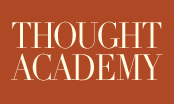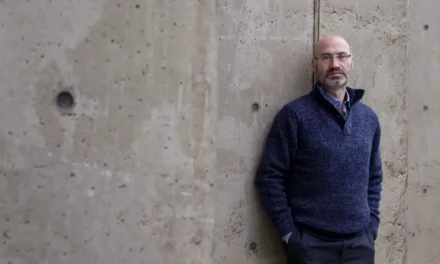
Training Mental Athletes
S
ocrates, Aristotle, and their peers sharpened their minds with ceaseless questions, forging truths that echo through time. Your home can mirror this, becoming a training ground where children hone their thinking like athletes perfecting their craft. Every day, they face a flood of distractions—social media’s quick answers, peers’ untested tales, tasks that demand focus. Without strong thinking habits, they may swallow falsehoods, forget what matters, or fumble choices that shape their future.
You can steer them upward by building a complete foundation for clear thought. This includes six key areas: core critical thinking, awareness of thinking traps, a strong working memory, strategic problem-solving, social and emotional insight, and powerful communication. Through daily questions, puzzles, conversations, and challenges, you will forge their ability to reason clearly, remember deeply, spot mental errors, solve wisely, read people accurately, and express ideas boldly.
Each small effort—a question at dinner, a puzzle after homework, a debate on a news story—becomes part of this foundation. These skills help children crack tough problems, navigate complex social worlds, and pursue ambitious dreams. In a future that rewards sharp, resilient minds, this training becomes a gift that endures. Ask one question tonight, and their intellect will begin to soar.
Here is your path:
- Core Critical Thinking: Before children can tackle the complexities of the world, they must first sharpen the instrument they will use to face it: their mind. Critical thinking is not merely questioning others; it is questioning reality itself — weighing claims, checking evidence, analyzing causes, and exposing patterns that deceive. In this first section, we focus on building the child’s ability to reason independently, resist easy answers, and apply structured skepticism. These skills form the foundation for all higher thinking and protect them from the constant stream of misinformation, half-truths, and illusions they will encounter. We begin where real strength starts — with clear, deliberate thought.
- Thinking Traps: Even the sharpest mind can get tripped up by faulty thought patterns. Before a child can reason well, they must learn to recognize when their own thinking goes off course. These traps—distortions, biases, and fallacies—sneak into everyday decisions and conversations, quietly shaping how kids see the world. Teaching them to spot and challenge these habits builds resilience, sharpens awareness, and clears the way for clearer thought. This section gives your child the tools to defend their mind from its own blind spots.
- Developing Memory: Memory is more than recall—it’s the foundation of insight, creativity, and learning. Without memory, a child can’t connect ideas, reflect on mistakes, or plan for the future. Yet we often treat it as a passive trait: something you’re either born with or not. In truth, memory can be strengthened with the right habits, tools, and mindset. This section explores why memory matters, how it works, and how you can help your child build the kind of memory that empowers thinking, learning, and growth.
- Strategic Problem-Solving: Once a child learns to think critically, the next challenge is acting wisely. Life rarely presents neatly packaged problems; it throws tangled, chaotic challenges that require patience, planning, and perseverance. In this section, we teach children to sequence complex tasks, break daunting problems into manageable steps, recognize underlying patterns, and persist through obstacles. True problem-solving demands not just intelligence but strategy. Here, we build that strategic mindset, preparing them to organize their efforts, adapt to setbacks, and solve not just simple riddles, but the larger puzzles of real life.
- Social and Emotional Insight: Even the sharpest mind will falter if it misreads the human world. Children must learn not only to think and solve but also to understand others — their feelings, motives, and subtle signals. In this section, we cultivate social and emotional intelligence: seeing through bias, interpreting motives thoughtfully, and attending to the quiet details others miss. Mastering these skills builds fairness, empathy, and social resilience. It equips children not merely to win arguments, but to build trust, resolve conflicts, and navigate the complex currents of human relationships with wisdom and grace.
- Communication and Expression: No idea, however brilliant, has value if it cannot be expressed clearly and persuasively. In the final section, we help children master the art of communication: distilling complexity into clarity, building arguments supported by evidence, and wielding language as a precise, powerful tool. Here, we move from thought to action — giving children the skills to write, speak, and argue in ways that shape minds, inspire change, and leave a mark. Communication is not decoration; it is an extension of thought itself. We close by giving them the tools to share their thinking with the world — boldly and effectively.
Start now—a question lights the way.
Table of contents

Primordial Soup for the Mind: Navigation
Navigate the book Primordial Soup for the Mind.



